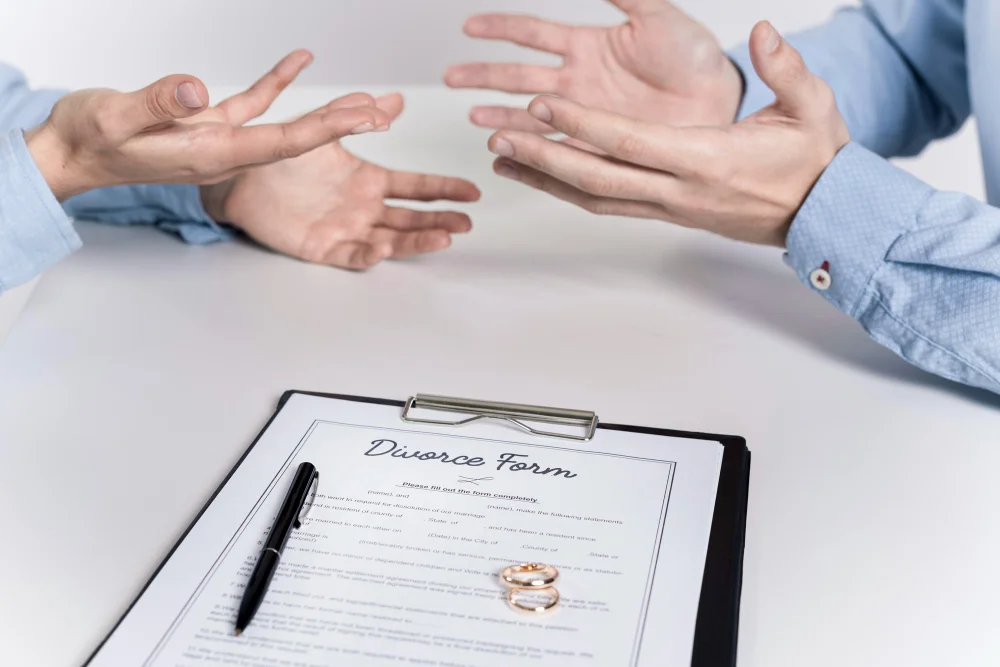After a car accident left Jenna with a broken leg and mounting medical bills, she found herself overwhelmed and unsure of how to proceed. A friend suggested she learn more about personal injury claims, a process designed to help victims like her recover compensation for their injuries. Intrigued and hopeful, Jenna decided to dive into understanding how these claims work and how they could potentially help her.
What is a Personal Injury Claim?
A personal injury claim is a legal process in which an individual seeks compensation for injuries sustained due to another party’s negligence or intentional harm. These claims cover various incidents, including car accidents, slip and falls, medical malpractice, and workplace injuries.
Key Components of a Personal Injury Claim
To successfully file a personal injury claim, certain elements must be proven:
- Duty of Care: The plaintiff must show that the defendant owed them a duty of care. For example, drivers have a duty to follow traffic laws to ensure the safety of others on the road.
- Breach of Duty: It must be demonstrated that the defendant breached this duty through their actions or inactions.
- Causation: The plaintiff needs to prove that the breach directly caused their injuries.
- Damages: Finally, the plaintiff must show that they suffered damages, such as medical expenses, lost wages, or pain and suffering, as a result of the injury.
The Claims Process
Jenna learned that the process of filing a personal injury claim involves several steps. Understanding these steps helped her feel more in control and prepared.
Seeking Medical Attention
The first and most crucial step is to seek immediate medical attention. Not only is this essential for health and recovery, but medical records also serve as critical evidence in a personal injury claim.
Consulting with a Personal Injury Attorney
Jenna decided to consult with a personal injury attorney to get expert advice on her case. An experienced attorney can provide valuable guidance, assess the merits of the claim, and represent the plaintiff throughout the legal process.
Investigation and Evidence Gathering
The attorney will conduct a thorough investigation to gather evidence supporting the claim. This may include medical records, police reports, witness statements, and photographs of the accident scene and injuries.
Filing the Claim
Once sufficient evidence is collected, the attorney will file a claim with the at-fault party’s insurance company. This claim will detail the incident, injuries sustained, and the compensation sought.
Negotiation and Settlement
In many cases, the insurance company will respond with a settlement offer. Jenna learned that her attorney would negotiate on her behalf to ensure she received a fair settlement that covered all her damages.
Litigation
If a fair settlement cannot be reached, the case may go to court. Jenna felt reassured knowing her attorney would handle the litigation process, presenting evidence and arguing her case before a judge or jury.
Compensation in Personal Injury Claims
Jenna discovered that compensation in personal injury claims could cover various damages, including:
- Medical Expenses: Compensation for current and future medical bills related to the injury.
- Lost Wages: Reimbursement for lost income due to the inability to work.
- Pain and Suffering: Compensation for physical pain and emotional distress caused by the injury.
- Property Damage: Reimbursement for damage to personal property, such as a vehicle in a car accident.
Conclusion
Jenna’s journey to learn more about personal injury claims empowered her to take the necessary steps to seek compensation for her injuries. By understanding the claims process and consulting with a knowledgeable attorney, she felt more confident in navigating this challenging time. If you or someone you know has been injured due to someone else’s negligence, take the time to learn more about personal injury claims. This knowledge can be the key to securing the compensation and justice you deserve.















